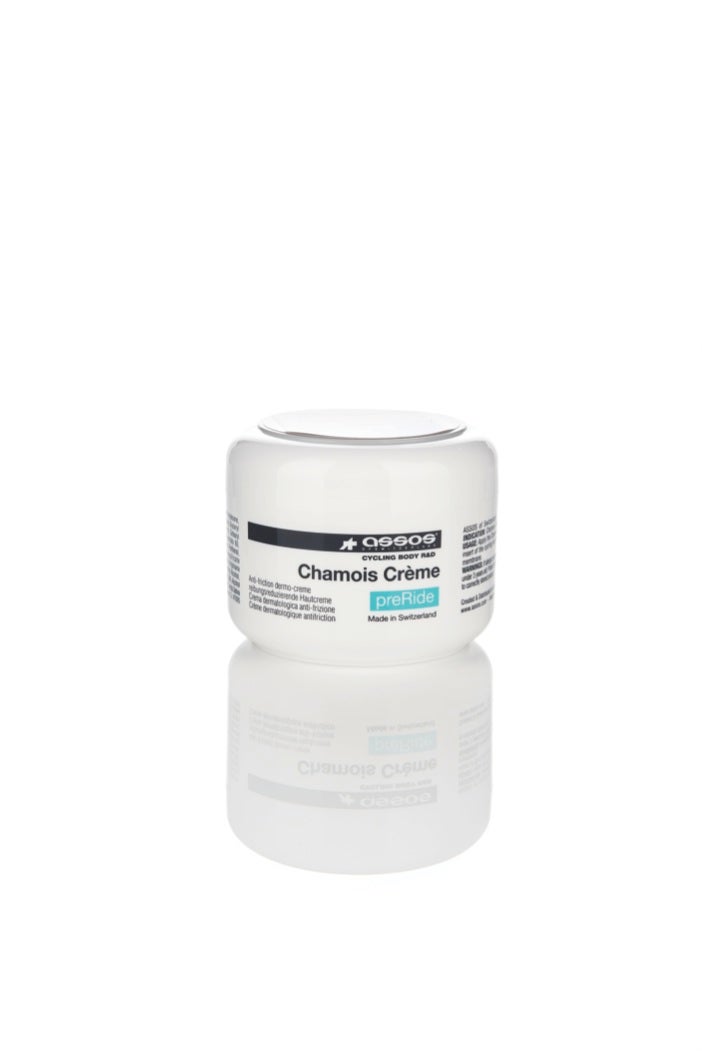Saddle Sore No More

Photo: Nils Nilsen
Say goodbye to an uncomfortable undercarriage with one of these chamois creams.
Sportique Century Riding Cream
This multitasking product serves as both a chamois cream and an anti-friction aid for wetsuits, with a shea butter feel that absorbs fast. $20, Sportiquebodycare.com
Assos Chamois Crème
The maker of $300-plus high-quality bib shorts has an accompanying chamois crème loved by many for its just-right thickness and menthol-y cooling sensation. $22, Assos.com
Endurance Shield Chamois Crème
You can smell the soothing combo of lavender, aloe vera and chamomile of this crème, which uses tea tree oil for its antibacterial properties. $25, Enduranceshield.com
Hoo Ha Ride Glide
Strong enough for a man but made for a woman? This might apply to Hoo Ha, given its all-natural, antibacterial, fragrance-free ingredients that include eucalyptus and tea tree oil. $22, Reflectsports.com
DIY Chamois Cream
Some athletes prefer their own cream concoctions, such as this “recipe” from Jonathan Blyer, the owner of Acme Bicycle Company in Brooklyn (Acmebicycleco.com). A “tub” of his homemade cream costs around $5.
Recipe:
8 oz Vaseline
1/2 oz Neosporin
¼-½ tsp tea tree oil
Directions: Warm the Vaseline in a bath of warm water. Once it gets soft, stir in the other ingredients.
“The Vaseline doesn’t wash away in the swim and it lasts a long time,” Blyer says. “The Neosporin is anti-bacterial, so in the event that you do get some minor abrasions, they are somewhat sterilized. Tea tree oil is good for the skin and it is naturally antibacterial. Plus, it smells kind of good.”
Disclaimer: We can’t vouch for how homemade creams like this one affect your favorite high-dollar chamois.
Why use it? To avoid chafing, friction and the bacteria that can lead to saddle sores. Some argue that it can even protect the integrity of your chamois. (Note: A proper bike fit and comfortable saddle are crucial to preventing these problems as well.)
How to apply: Wash hands. Apply liberally to body parts with chamois contact points (on the shorts is OK for extra protection).
A Few Chamois Don’ts
Do not share tubs of chamois cream with friends.
Do not tack on unnecessary “chamois time”—change out of your shorts before your post-ride coffee.
Do not wear cycling shorts more than once between washes.